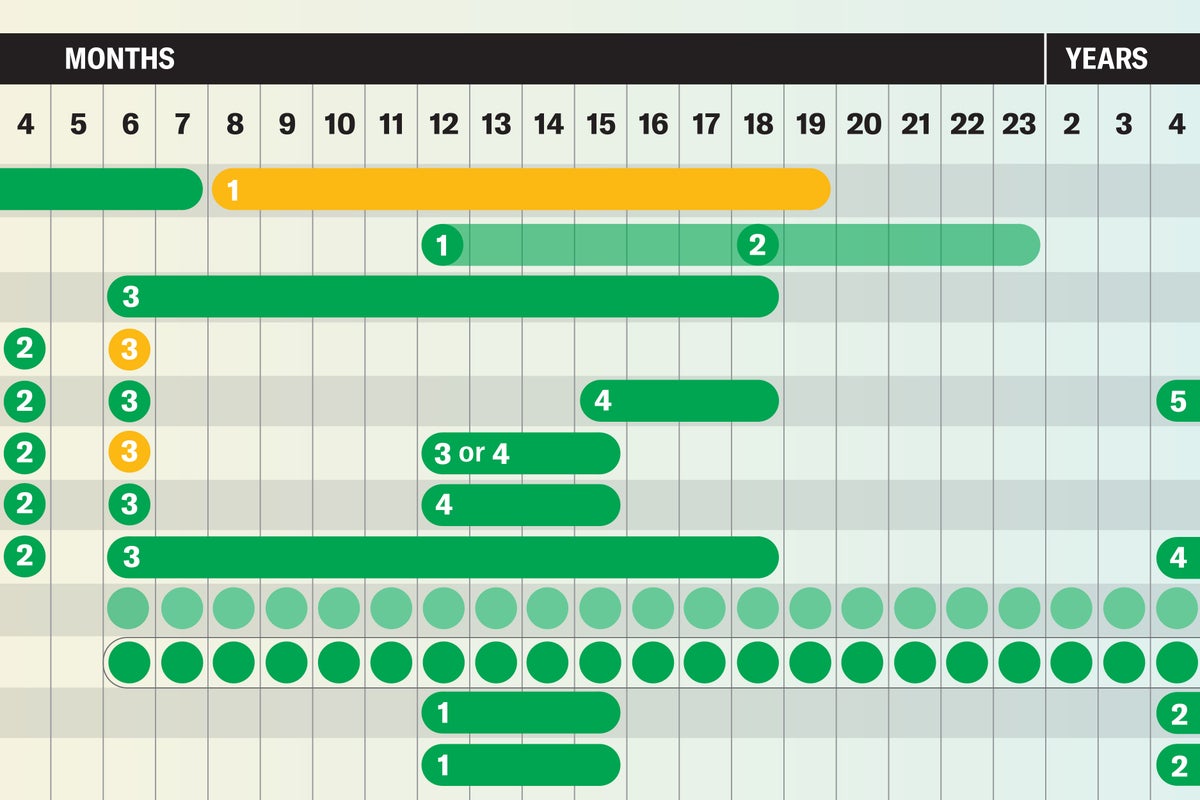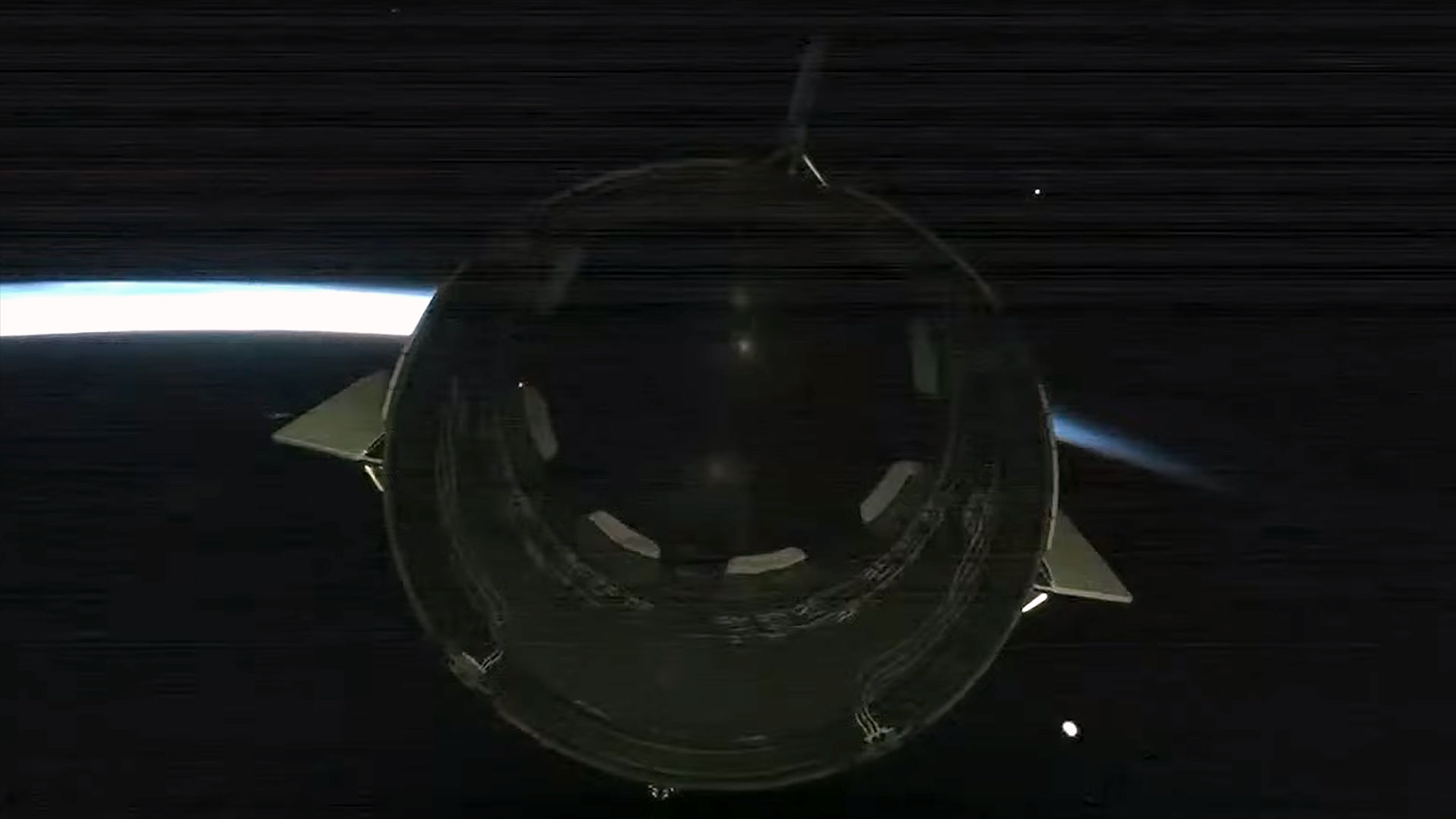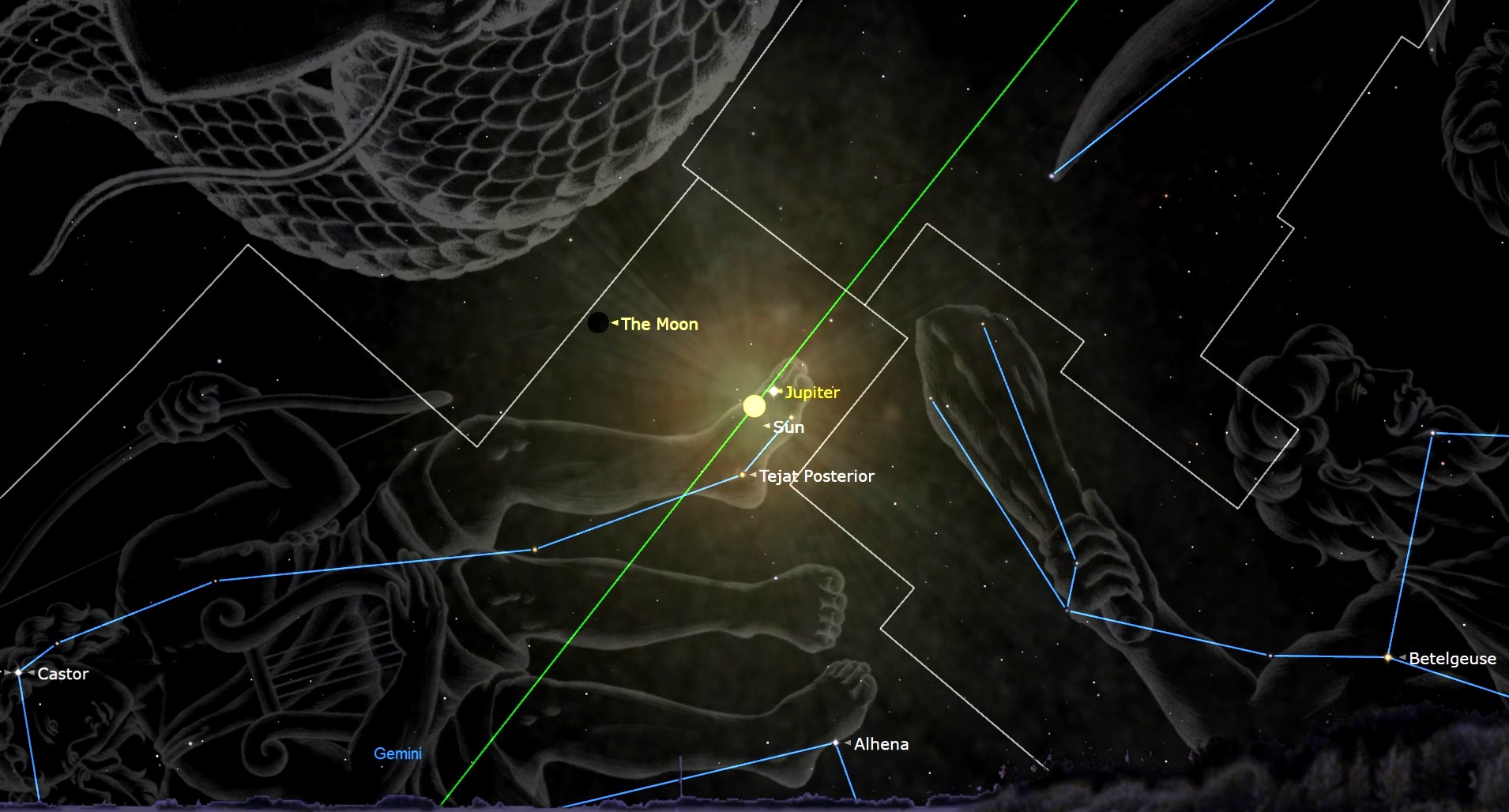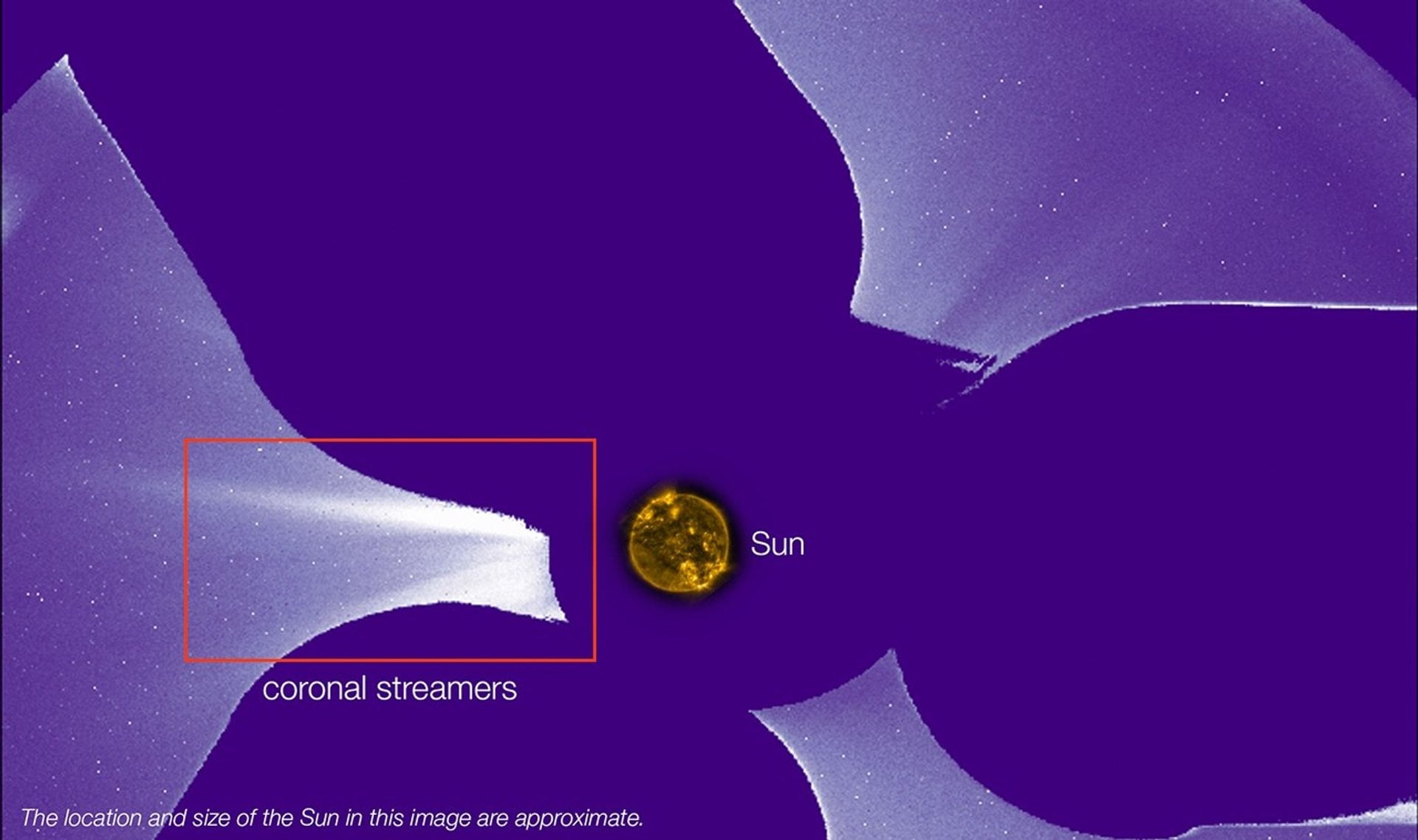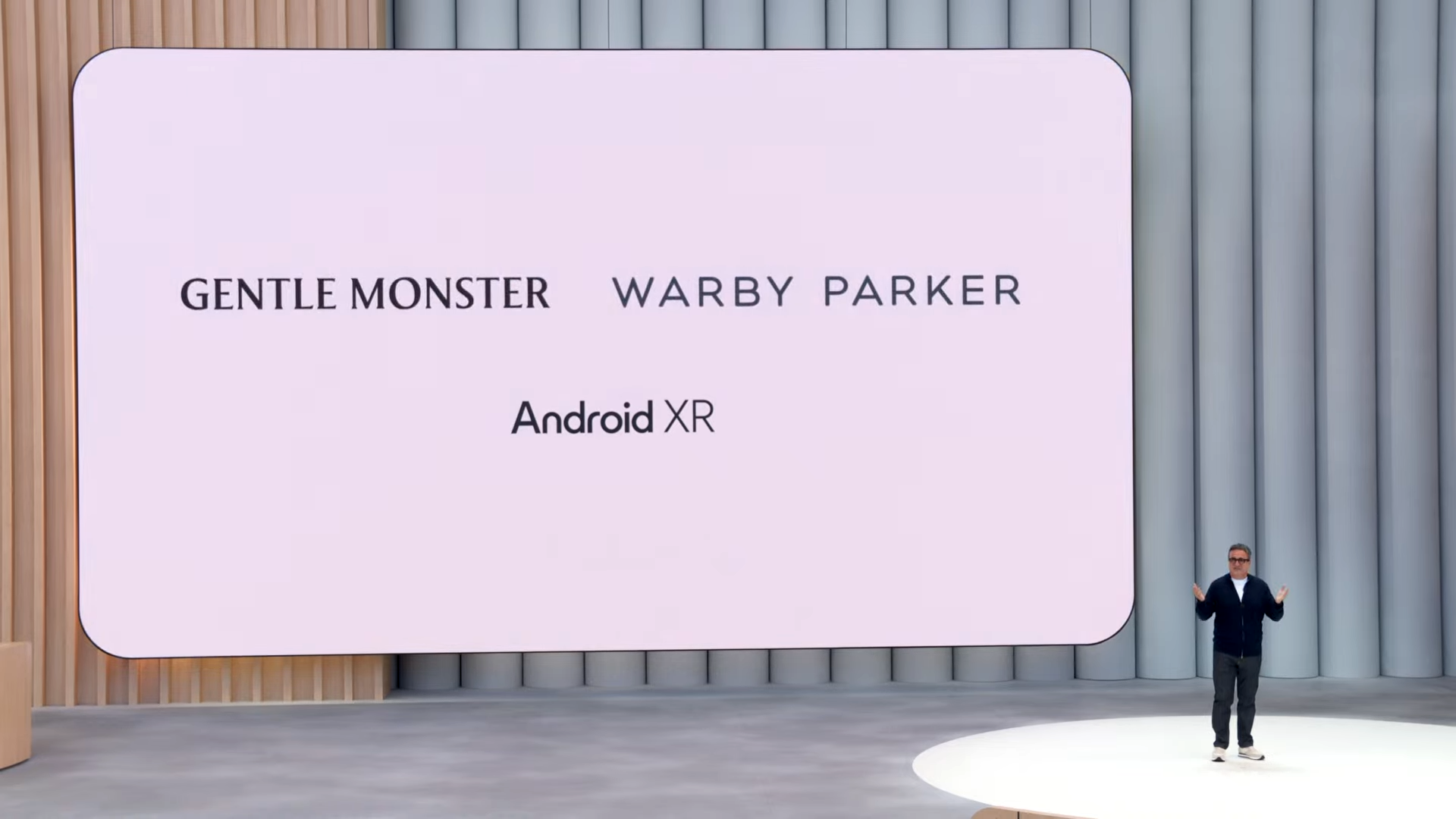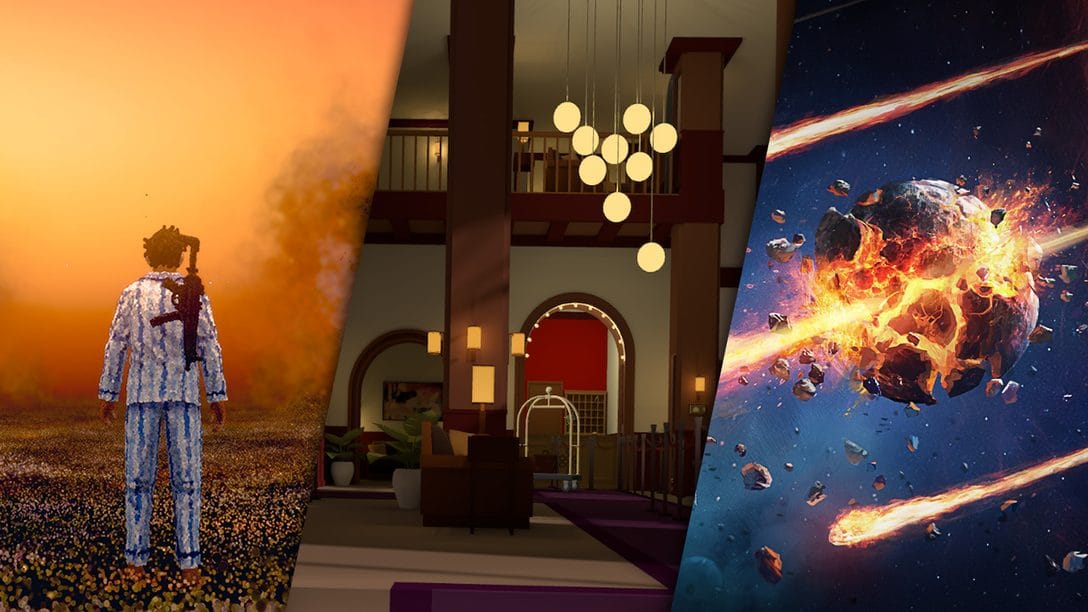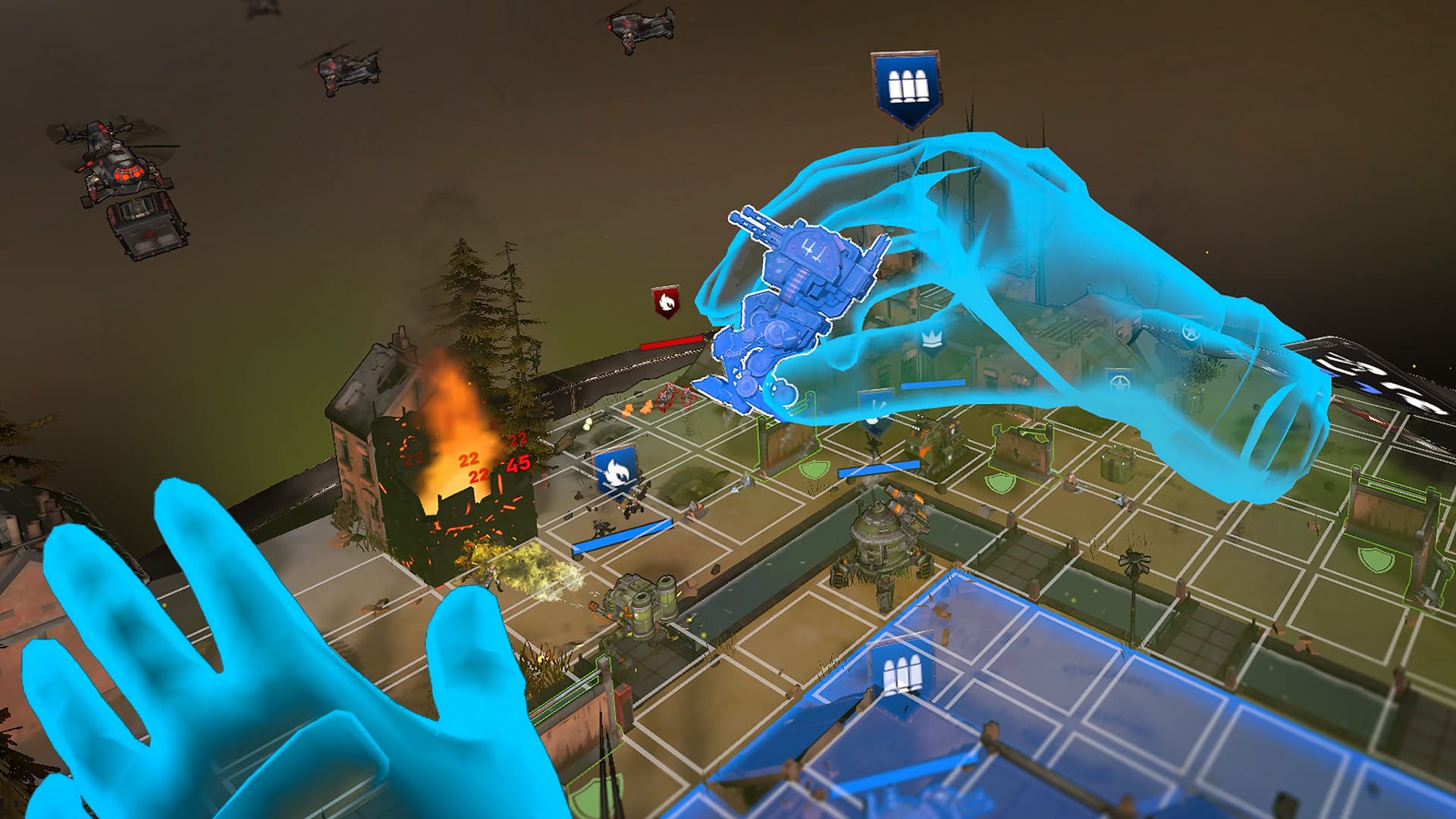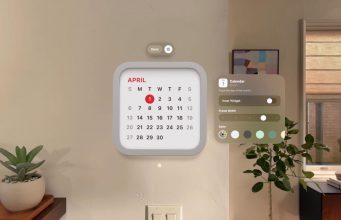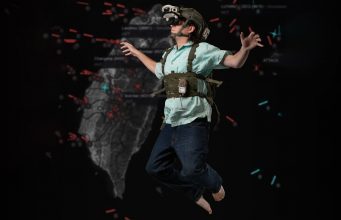‘The Midnight Walk’ Review – An Artfully Grotesque and Occasionally Beautiful Walking Simulator
The Midnight Walk is like taking a stroll through Tim Burton’s mind. As a game, its visuals are absolutely unique and darkly beautiful, but is there enough to do along your walk to warrant putting on the headset? Read on to find out. The Midnight Walk Details: Publisher: Fast Travel Games Developer: MoonHood Available On: Steam (VR optional), […] The post ‘The Midnight Walk’ Review – An Artfully Grotesque and Occasionally Beautiful Walking Simulator appeared first on Road to VR.

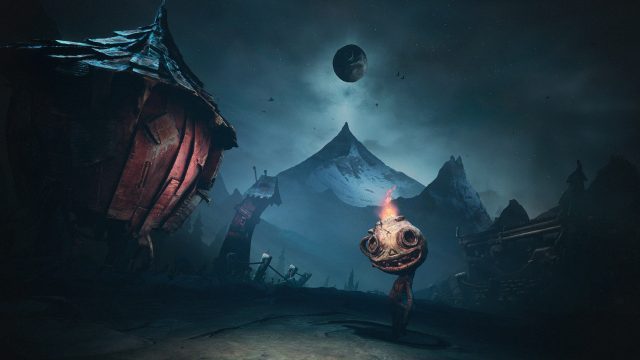

The Midnight Walk is like taking a stroll through Tim Burton’s mind. As a game, its visuals are absolutely unique and darkly beautiful, but is there enough to do along your walk to warrant putting on the headset? Read on to find out.
The Midnight Walk Details:
Publisher: Fast Travel Games
Developer: MoonHood
Available On: Steam (VR optional), PS5 (VR optional)
Reviewed On: Quest 3 via Steam Link
Release Date: May 8th, 2025
Price: $40
Gameplay
The Midnight Walk, as the name implies, falls pretty squarely into the ‘walking simulator’ genre, leaning mostly on its visuals and narrative to carry fairly basic gameplay involving light puzzles and the occasional hide-and-seek with monsters.
The main draw is definitely the game’s unique art style, in which the developers say they hand-crafted nearly all of the assets and then 3D scanned them to be used in the game. The result is a dark, Burtonesque world that’s both artfully grotesque and occasionally beautiful.

Seeing it all up close in VR is a very cool way to experience all the work this must have taken. You effectively play a character the size of a mouse, so you can see all the fine textures and surface details of the objects up close. Consistently good attention to lighting and composition means there’s always something visually intriguing to look at along your way.
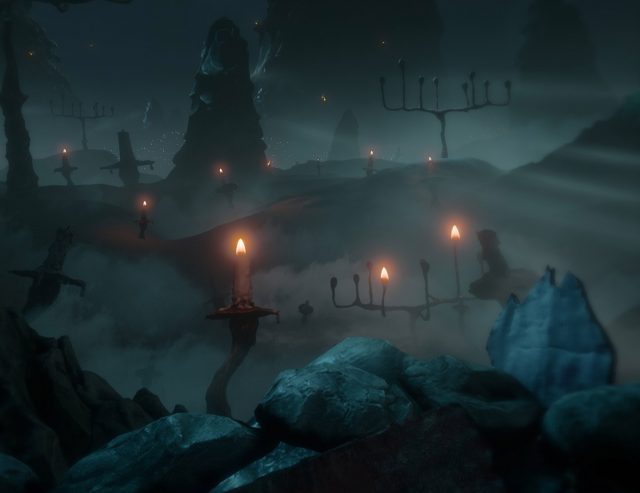
Though the game is pitched as featuring ‘stop motion’ animations, only parts of the game are done in that style. Many of the animations are done with smooth interpolation, even in the same sequence of motions from the same character. The jarring combination of both styles unfortunately looks awkward, almost like an unintended bug.
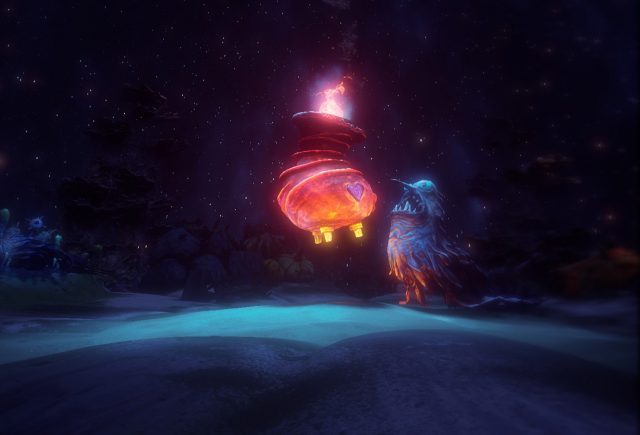
The Midnight Walk’s gameplay really never expands beyond basic puzzling and the occasional hide-and-seek sequences with some delightfully twisted creatures. I never had any of those ‘eureka’ moments with the puzzles, nor any set-piece gameplay sequences that felt truly memorable. There’s also very little that could be considered ‘VR native’ gameplay… the hallmark of many games designed to be playable on both flatscreen and in VR.
The Midnight Walk isn’t quite scary enough to be called a horror game, despite the overall imagery being that of a long-forgotten nightmare.
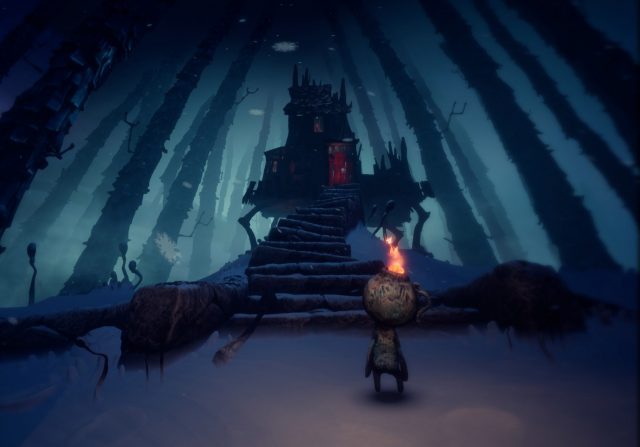
While basic gameplay that’s ultimately in service to the visuals and narrative isn’t always a bad thing (after all, I quite enjoyed Dear Esther [2012]), the game’s story feels poetic and obtuse.
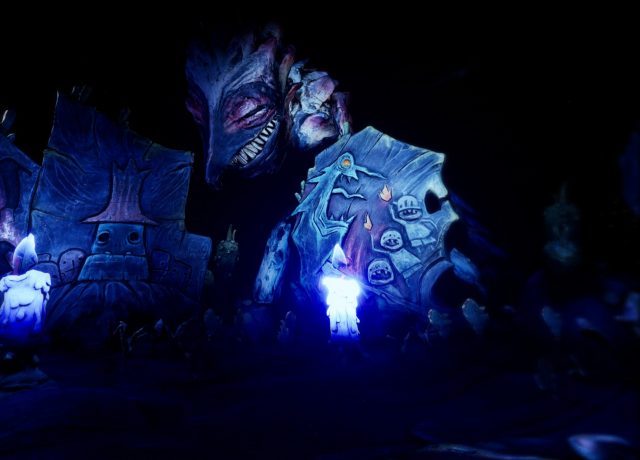
It’s told by many different unnamed narrators, and didn’t establish any characters that I felt attached to. Its cryptic nature didn’t resonate with me personally, which meant it wasn’t much of a force to carry me forward in the game or make me feel invested in the world.
With basic gameplay and an obtuse narrative, the game stands largely on its unique and well-crafted visuals; my main reason for continuing to play was to see—literally see—what would come next.
Immersion
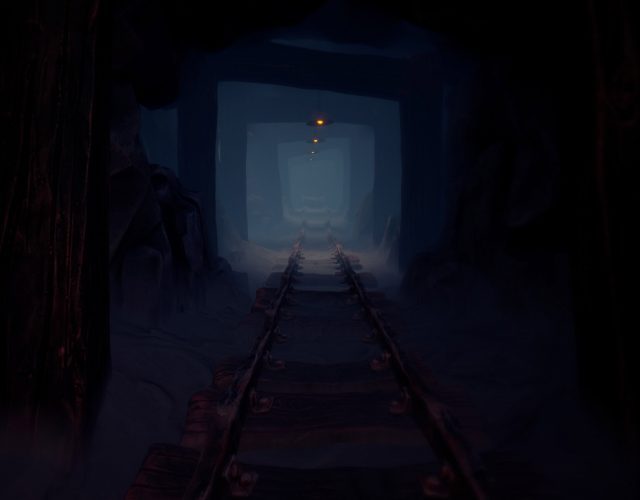
I appreciate that we have the option of seeing the game’s darkly beautiful world up close and personal through a headset. But the lack of VR native gameplay means the game doesn’t feel like a ‘must play’ in VR.
For instance, at several points in the game when you find a key to open a door, you don’t even get to physically put the key into the keyhole and turn the lock. You simply pull it out of your inventory and it floats into place and magically unlocks the door for you.
At various moments in the game you’re asked to hang onto a bar attached to a flying machine which whisks you from one place to another. Do you reach up and grab the bar with your hand to hang onto it without falling? Of course not… you just ‘Press A’ to magically attach to the machine while it flies you to the next location. Do you reach out with your hand and open the door to enter your house? Of course not, just ‘Press A’.
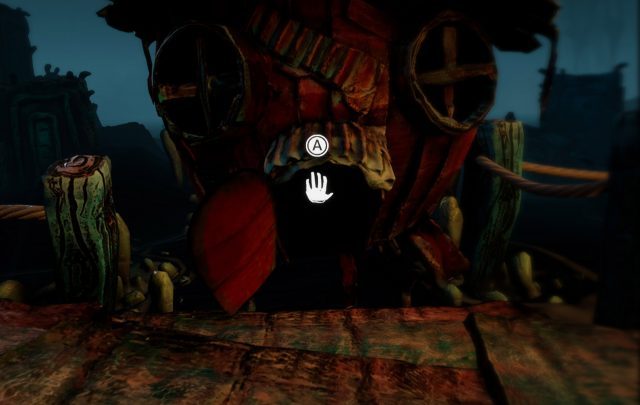
It’s these details—these missed opportunities for hands-on interactions—that are so often a hallmark of VR-optional design, and unfortunately detracts from immersion.
The closest thing in the game to VR native gameplay is the ability to close your eyes and ‘listen’ for the direction of audio cues that would guide you to certain key things in the environment (or change parts of the environment if you were looking at them before you closed your eyes).
On PSVR 2 I take it this would be achieve by actually closing your eyes (thanks to the headset’s eye-tracking), but on PC VR (as I played it), ‘closing your eyes’ was done by holding a trigger instead.
While the PSVR 2 version would have been a bit more immersive, the mechanic was never used in a way that felt particularly compelling.
Comfort
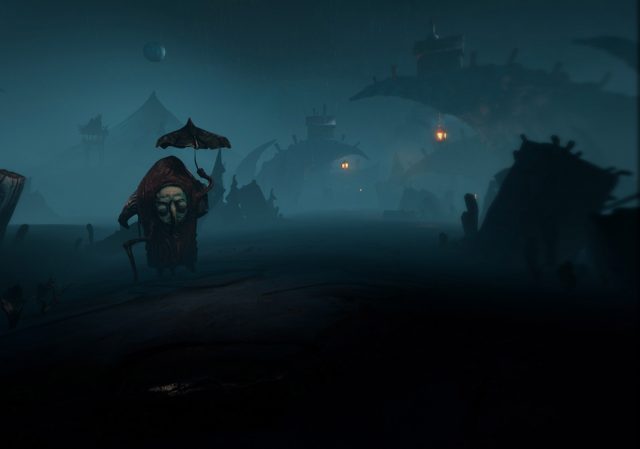
While The Midnight Walk in VR is generally comfortable thanks to slow movement, the game frequently grabs hold of the player’s head during cutscenes, usually panning slowly, but occasionally sweeping your view across a large area. Sometimes in these scenes the horizon is purposefully tilted. For some these moments may be uncomfortable. For me they were infrequent enough to be a little jarring but not outright uncomfortable.
‘The Midnight Walk’ Comfort Settings – May 8th, 2025 |
|
Turning |
|
| Artificial turning | |
| Snap-turn |  |
| Quick-turn |  |
| Smooth-turn |  |
Movement |
|
| Artificial movement | |
| Teleport-move |  |
| Dash-move |  |
| Smooth-move |  |
| Blinders |  |
| Head-based |  |
| Controller-based |  |
| Swappable movement hand |  |
Posture |
|
| Standing mode |  |
| Seated mode |  |
| Artificial crouch |  |
| Real crouch |  |
Accessibility |
|
| Subtitles | |
| Languages |
English, French, German, Japanese, Korean, Simplified Chinese, Spanish (Latin America)
|
| Dialogue audio | |
| Languages | English |
| Adjustable difficulty |  |
| Two hands required |  |
| Real crouch required |  |
| Hearing required |
 (via accessibility option) (via accessibility option) |
| Adjustable player height |  |
The post ‘The Midnight Walk’ Review – An Artfully Grotesque and Occasionally Beautiful Walking Simulator appeared first on Road to VR.



































